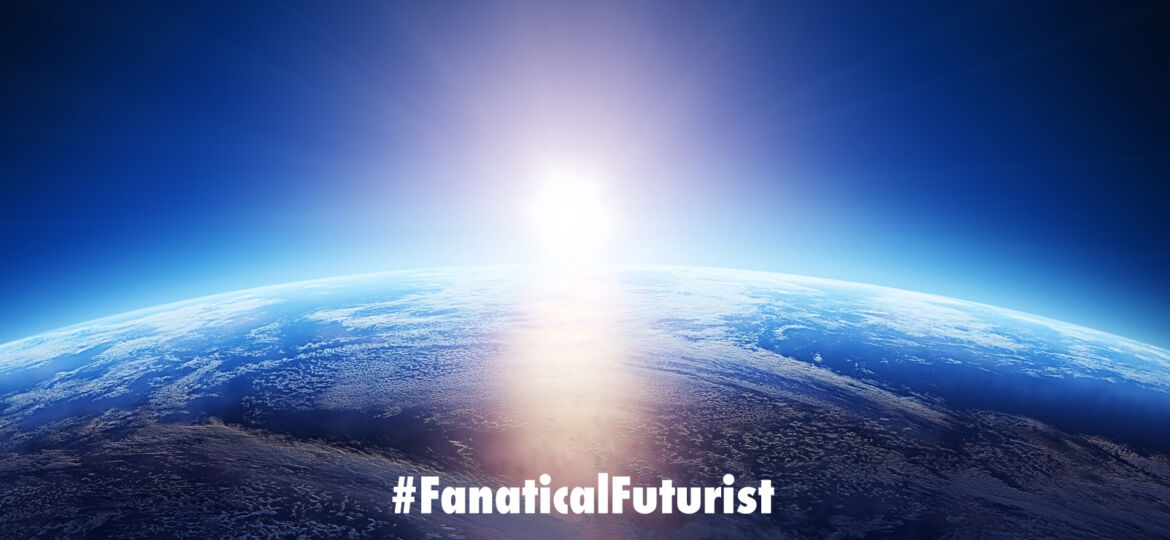
WHY THIS MATTERS IN BRIEF
Space is being democratised and the first space tourists and space hotels are getting ready for launch so space balloons seem an obvious next step … sort of
 Interested in the Exponential Future? Join our XPotential Community, connect, watch a keynote, or browse my blog.
Interested in the Exponential Future? Join our XPotential Community, connect, watch a keynote, or browse my blog.
Space tourism is rapidly becoming a thing, even if it’s still only for a very very small number of select high net worth individuals, but in time, as costs plummet as they have with rocket launches thanks to Elon Musk and SpaceX’s reusable rockets that have dropped the cost of accessing space by hundreds fold, one day we could all find ourselves taking a trip into space to visit the zero gravity spa on NASA’s first space hotel – also known as the ISS. However, while some companies are building and refining their own space ports and space planes, that ride at the edges of space and beyond, others are trying to find new ways to get people into orbit.
In recent years, people have used balloons to carry items ranging from teddy bears to chicken sandwiches to the edge of outer space. Now, Cape Canaveral, Florida-based startup Space Perspective has announced its plans to do the same thing with paying human passengers.
A view out of this world. Courtesy: Space Perspective
When and if the service is up and running, up to eight passengers, plus a pilot, would start by boarding the company’s Spaceship Neptune pressurised capsule, before sunrise. They would do so at the Shuttle Landing Facility, located at NASA’s Kennedy Space Center, although additional launch sites may be added in places like Hawaii and Alaska.
Over the following two hours, an attached “football stadium-length” balloon would lift the Neptune up to an altitude of 100,000 feet (30,480 m). This is above 99 percent of Earth’s atmosphere, where the curvature of the planet and the blackness of outer space are clearly visible.
The capsule would proceed to cruise at this height for two more hours, before taking another two to descend back down again – the latter would be accomplished by gradually releasing gas from the balloon. Both the capsule and the balloon would end the six-hour flight by splashing down in the ocean, where a ship would pick them and the passengers up. And yes, the Neptune would have a bathroom, along with a refreshments bar.
According to Space Perspective, the launches would be regulated by the FAA Office of Commercial Spaceflight. Along with paying passengers, the flights could also include research-related payloads. In fact, that’s what will be aboard the first un-crewed test flight, scheduled to take place in early 2021.
Interested parties can reserve a seat now via the link below, and a representative says that pricing should be announced within a year, and that it should initially be about half the price of existing sub-orbital flights, which cost around $125,000 per passenger, with the goal of reducing prices over time.
“Following the return of human spaceflight from US soil just a few weeks ago, people have never been more excited about space travel,” says company founder Taber MacCallum, who previously worked as Chief Technology Officer on the StratEx program. “Few endeavours are more meaningful than enabling people to experience the inspiring perspective of our home planet in space for the betterment of all, and that’s what we are accomplishing.”
Source: Space Perspective

















[…] составит 6 часов. Планируется что такие запуски будут осуществляться как с коммерческой целью, так и с точки зрения научных […]